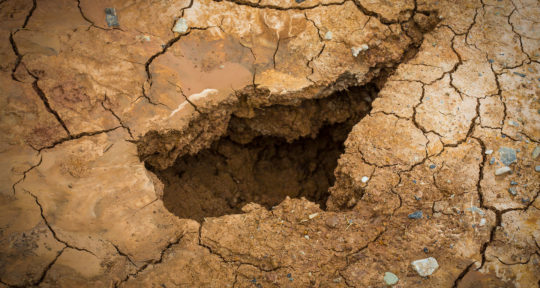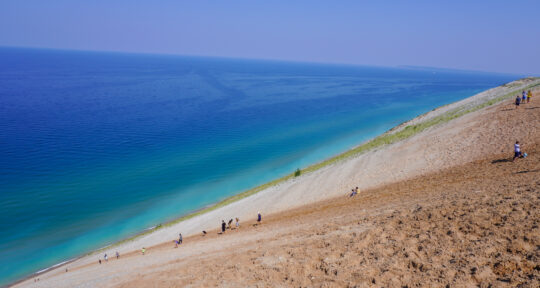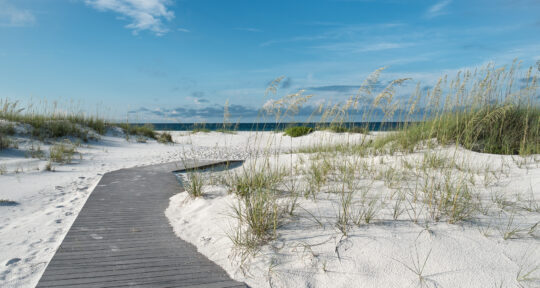Just keep paddling, I repeat to myself as we round yet another bend in the Colorado River to face more fierce headwinds.
Our 15-mile standup paddleboard trip in northern Arizona has been an ambitious undertaking from the start. But around the halfway mark, the wind begins to blow relentlessly, which means we have to paddle constantly—fast and hard—to make any forward progress.
This paddleboard excursion is the first leg of a 10-day road trip with my partner. We had driven down from our home in Colorado a day earlier, boondocking on Bureau of Land Management land, amidst the colorful desert landscape, in our converted Honda minivan campervan.
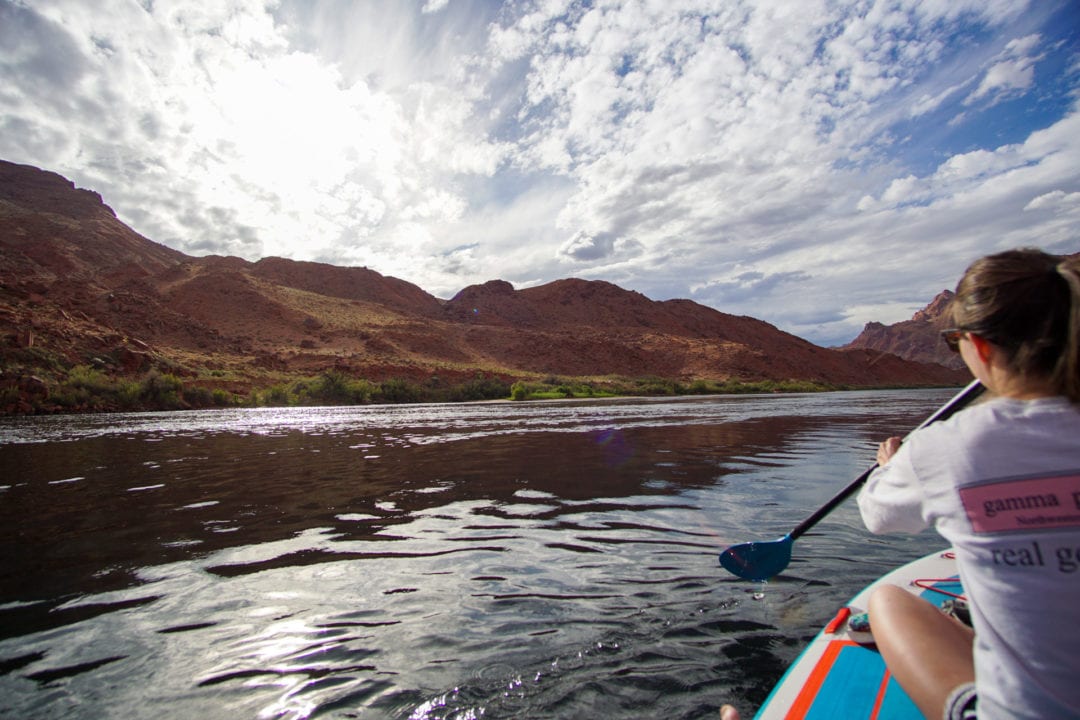
Out on the river
Our day starts early at Lees Ferry, a historic ferry crossing and the only place for more than 700 miles where people can access the Colorado River from both sides. Located at the start of the Grand Canyon, it’s a popular launch point for backpackers, fishermen, rafters, and boaters alike.
We’ve hired river guide Steve Kelly to give us a backhaul ride to the mouth of Glen Canyon Dam, the 710-foot concrete structure that forms Lake Powell. As the boat speeds along the glassy water, the wind frantically whips my hair. I gape at the huge, red canyon walls towering around us on all sides. Our driver takes us as close as he can to the dam before dropping us a little farther downriver.
We clamber onto the shore, grab the paddleboard, and wave goodbye to our driver as he speeds off. Our heavy-duty inflatable board measures 12 feet by nearly 4 feet, which easily accommodates both of us.
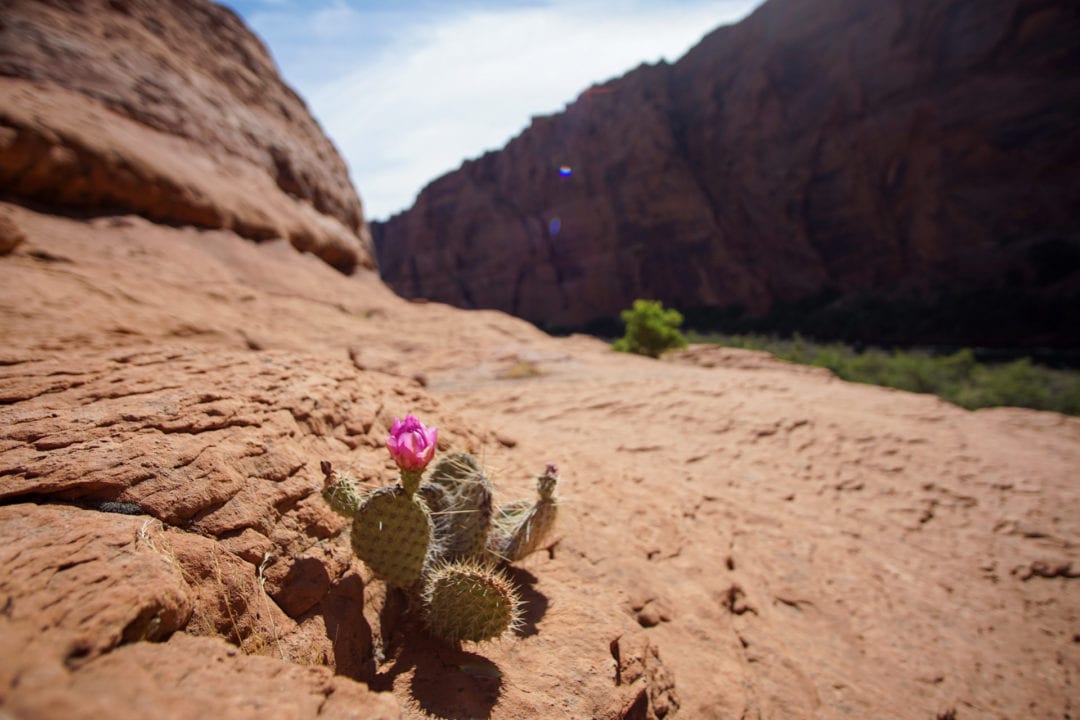
After strapping our backpacks to the board, we push off and start paddling, both sitting cross-legged so we can simultaneously enjoy a cup of coffee. Without the roar of the boat motor, it’s suddenly very quiet—we can hear an array of birds singing and the gentle lapping of water against our paddles. Slowly, the sun begins to peek out from above the canyon walls, warming the chilly spring air.
Reaching Horseshoe Bend
We spend the first few hours lazily paddling along, stopping to hike around and take pictures whenever we feel like it. Every so often, we hear the distant hum of a motor and, a few minutes later, a fishing boat or tourist pontoon passes by.
During one shore excursion, we beach the paddleboard and begin snapping photos of colorful cacti and other desert plants when, out of the corner of my eye, I notice some movement in the rocks and shrubs. After squinting for a few seconds, I spot an animal with a tell-tale stripe of silver fur on its head—an American badger. Not wanting to disturb this wild thing (and knowing that badgers can be aggressive), we make a beeline for the paddleboard and get moving again.
A few miles later, we stop to explore the petroglyphs thought to have been carved by ancestral Pueblo and Fremont Indigenous groups between 1 and 1300 A.D.
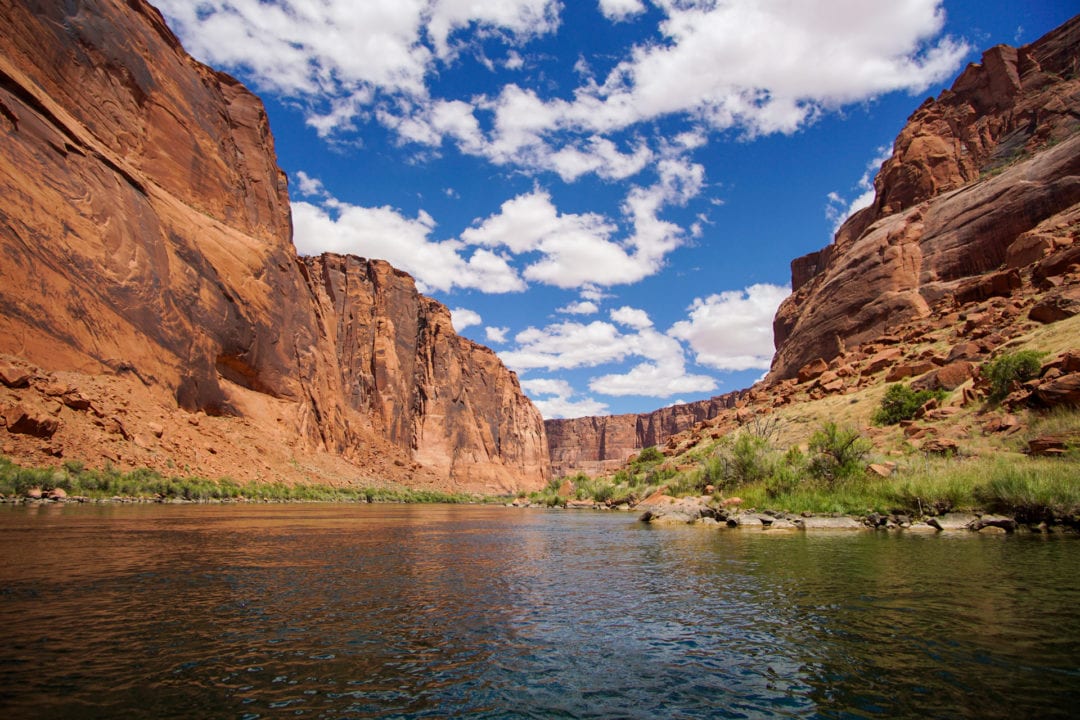
Eventually, we reach Horseshoe Bend, the iconic spot where the Colorado River curves 270 degrees to make a dramatic horseshoe shape. Most people only ever view this spot from above, taking selfies and landscape shots of the blue-green river contrasted with the dramatic red canyon. In recent years, it’s become so overcrowded that city officials have started charging a $10 parking fee at the overlook.
We, however, are able to experience this landmark from a totally different perspective—1,000 feet below. From so far away, the huge swarms of tourists look like tiny insects crawling on the edge of the canyon. We smile and wave, but no one seems to notice us.
Keep pushing
The sun moves overhead and the day progresses peacefully until about 2 p.m. Though we are floating downriver with the current, it suddenly becomes much harder to paddle forward in a straight line. We keep getting knocked off course, heading perilously toward craggy boulders and overhanging rocks along the canyon walls.
Where before we could easily paddle a few strokes here and there while taking in the sights around us, we are now forced to devote our full attention to paddling, fighting every stroke against huge gusts of wind.
I realize that the only way to finish the trip is to keep pushing, and hard. Every time I take a break, I know I’m only delaying the misery further. I try counting my strokes, willing myself to keep going even as my arms burn. The sky grows ominous with dark clouds and I realize in horror that there’s a chance we might get stuck out here. We put our heads down and paddle furiously.
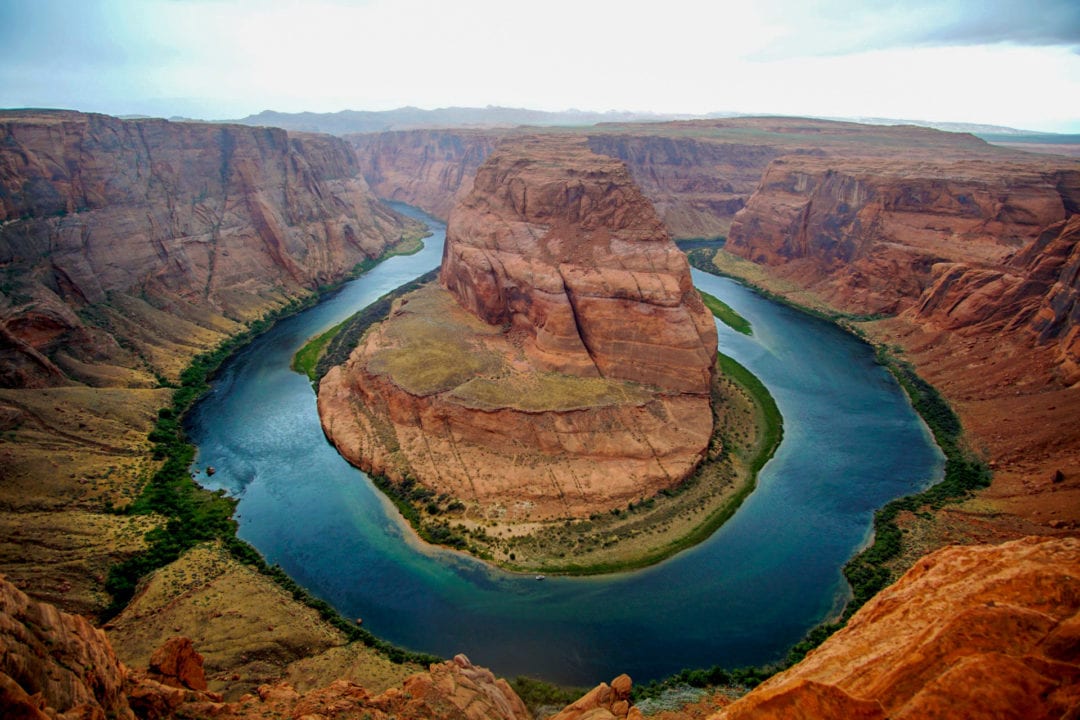
Though it has been only a few hours since the wind picked up, it feels like we’ve been toiling on the water for days. I know we must be getting close to Lees Ferry, but with the strong winds, it’s all we can do to keep moving forward. I think about my dog Daisy back home, about taking a warm shower, and, most fervently, about getting off this damn river.
We try to stay as close to the shoreline as possible, even hopping off to walk the paddleboard for a few feet before the chilly 50-degree water becomes too painful for our feet and legs.
The dock comes into view and I throw my arms into the air with a celebratory yelp, then keep paddling. After nearly 10 hours on the water, we are almost there.
Two tiny figures
With aching muscles, we hobble up the ramp, deflate the paddleboard, and stuff it back into the roof box of our van. After a coin-operated shower to rinse off the sunscreen, sweat, and river grime, we make our way to our campsite, where we eat a mishmash dinner of tuna packets, protein bars, and potato chips.
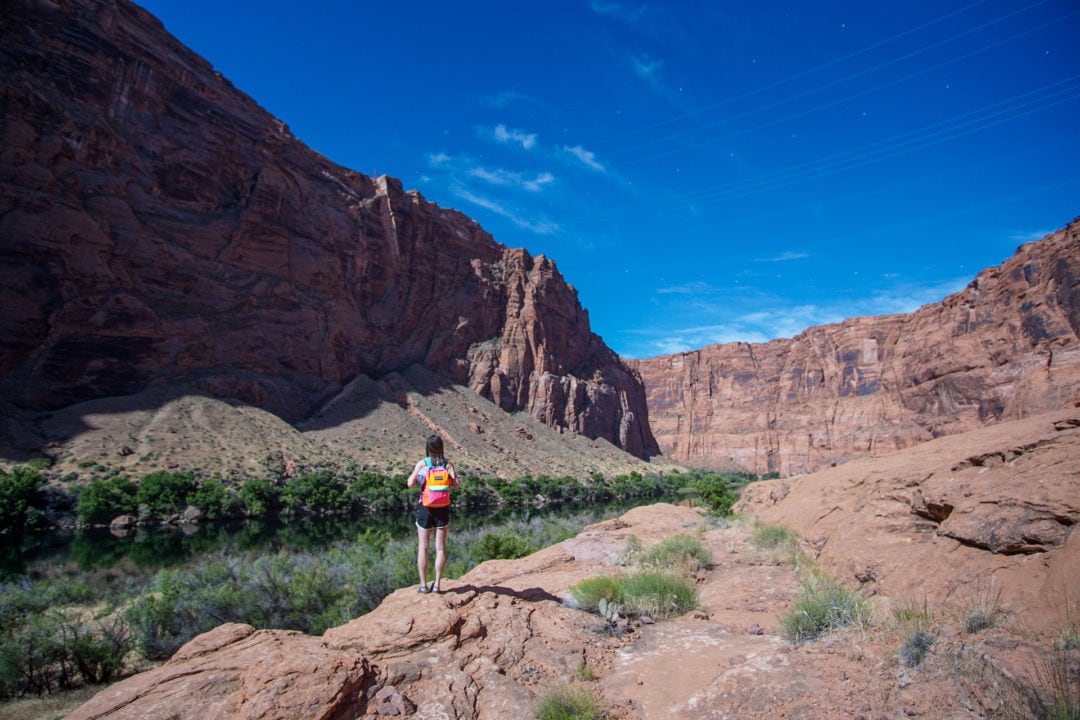
Even though it’s only 8 p.m., my eyes are heavy; I’m spent. Never before in my life have I experienced such physical, mental, and emotional fatigue. I fall asleep quickly.
The next day, we bite the bullet and pay the $10 to see Horseshoe Bend from above. Though it’s rainy, we battle our way past a myriad of selfie sticks and what feels like hundreds of people to reach the majestic overlook. Looking at that curve in the river, it’s hard to fathom that we were ever down there, paddling into the wind, just two tiny figures in the midst of this expansive landscape.
I realize, then and there, just how unique our on-river vantage point has been. The view up here may be impressive, but it doesn’t come close to what we experienced down below.

